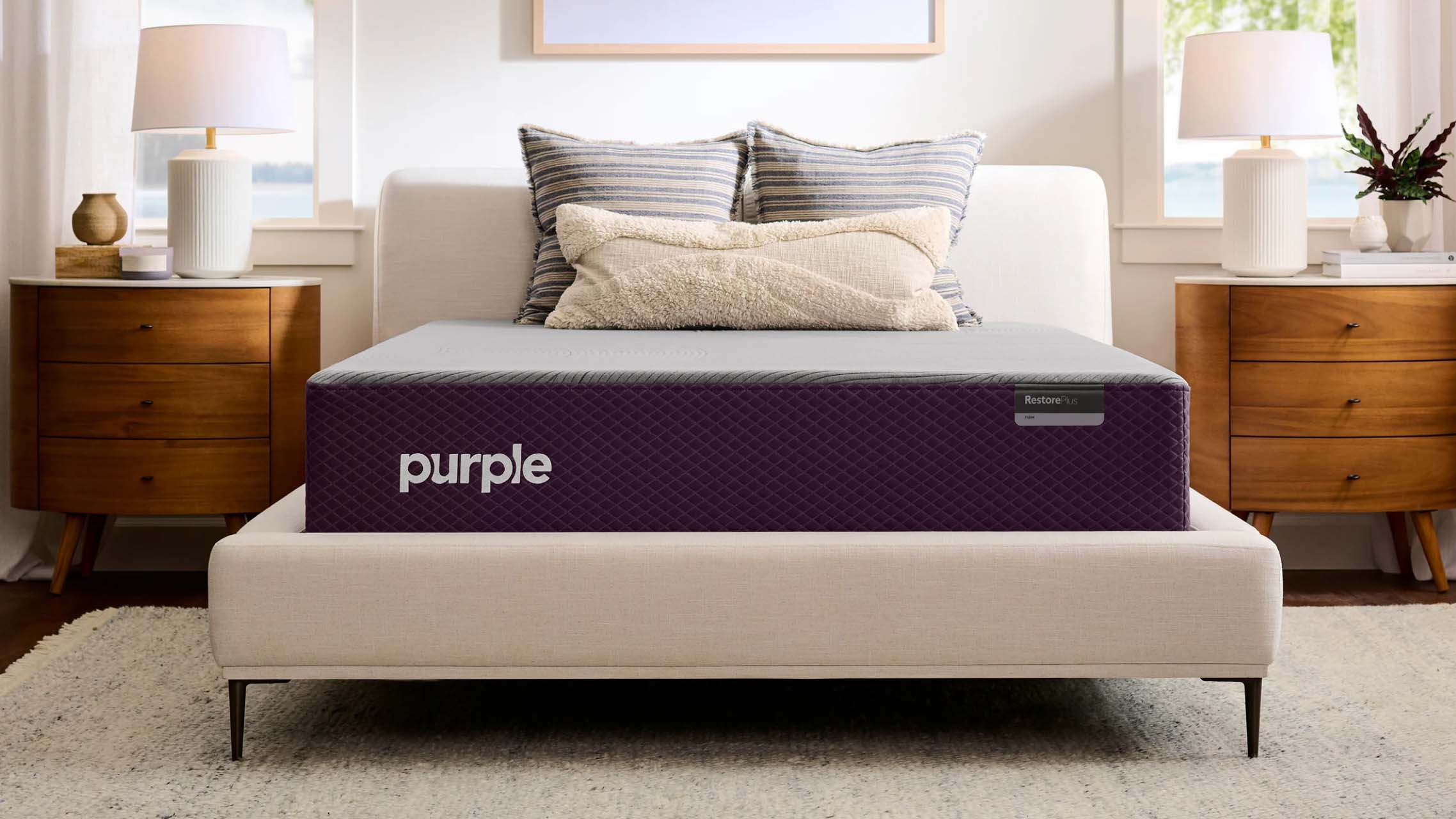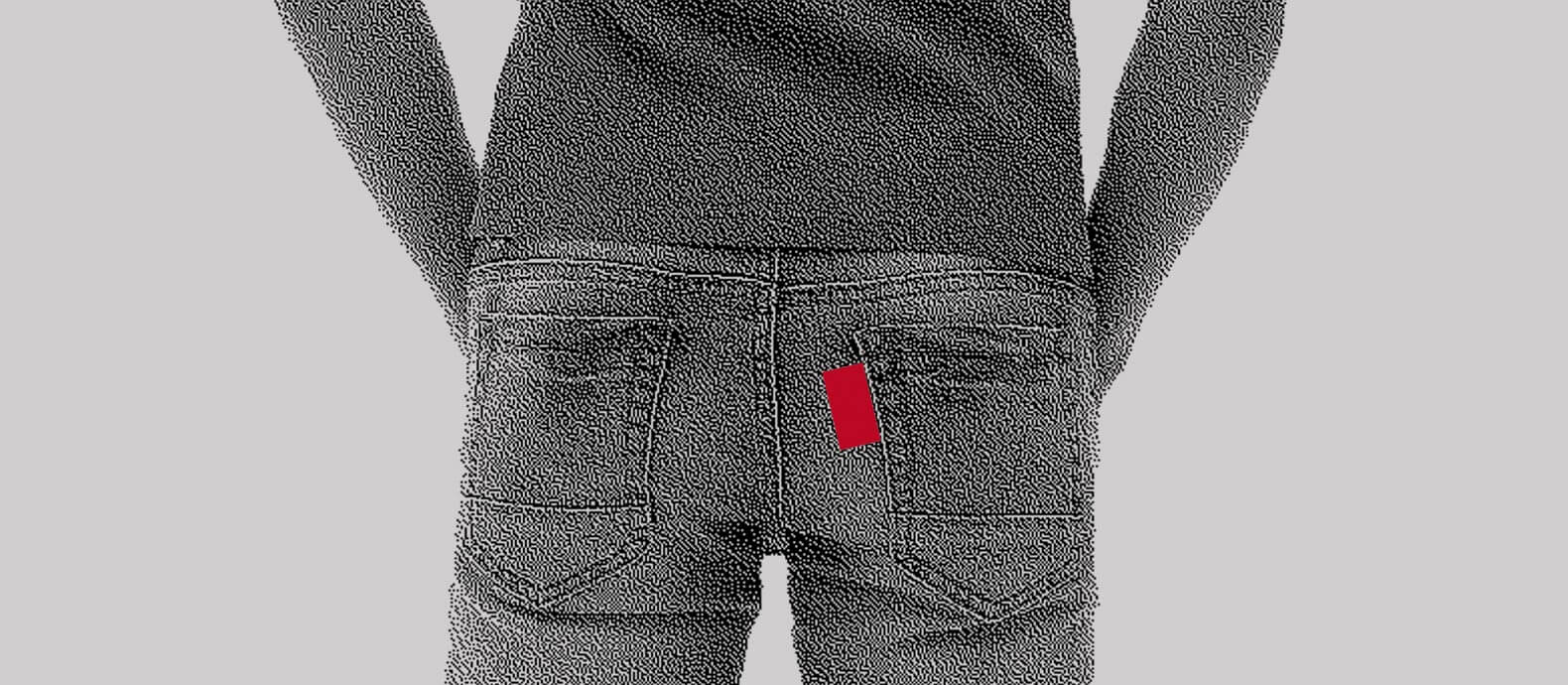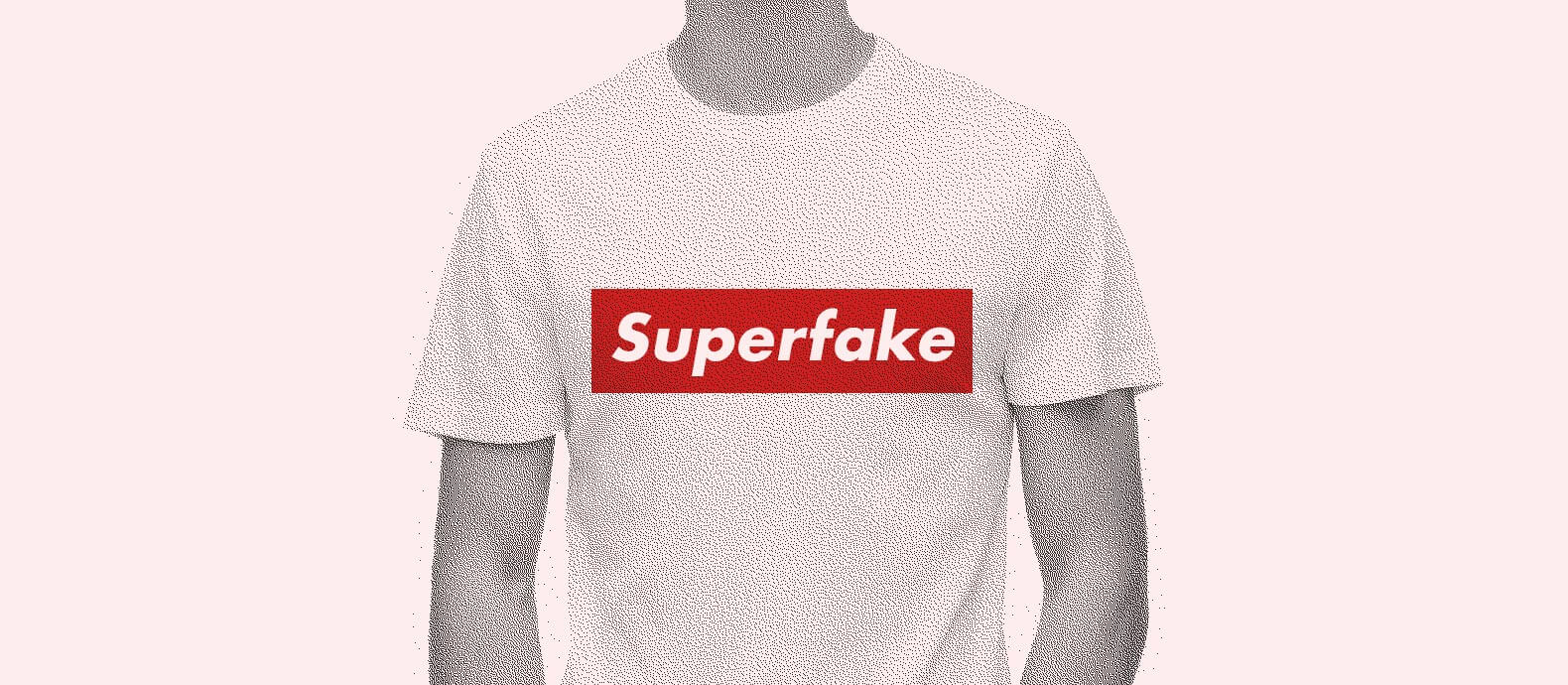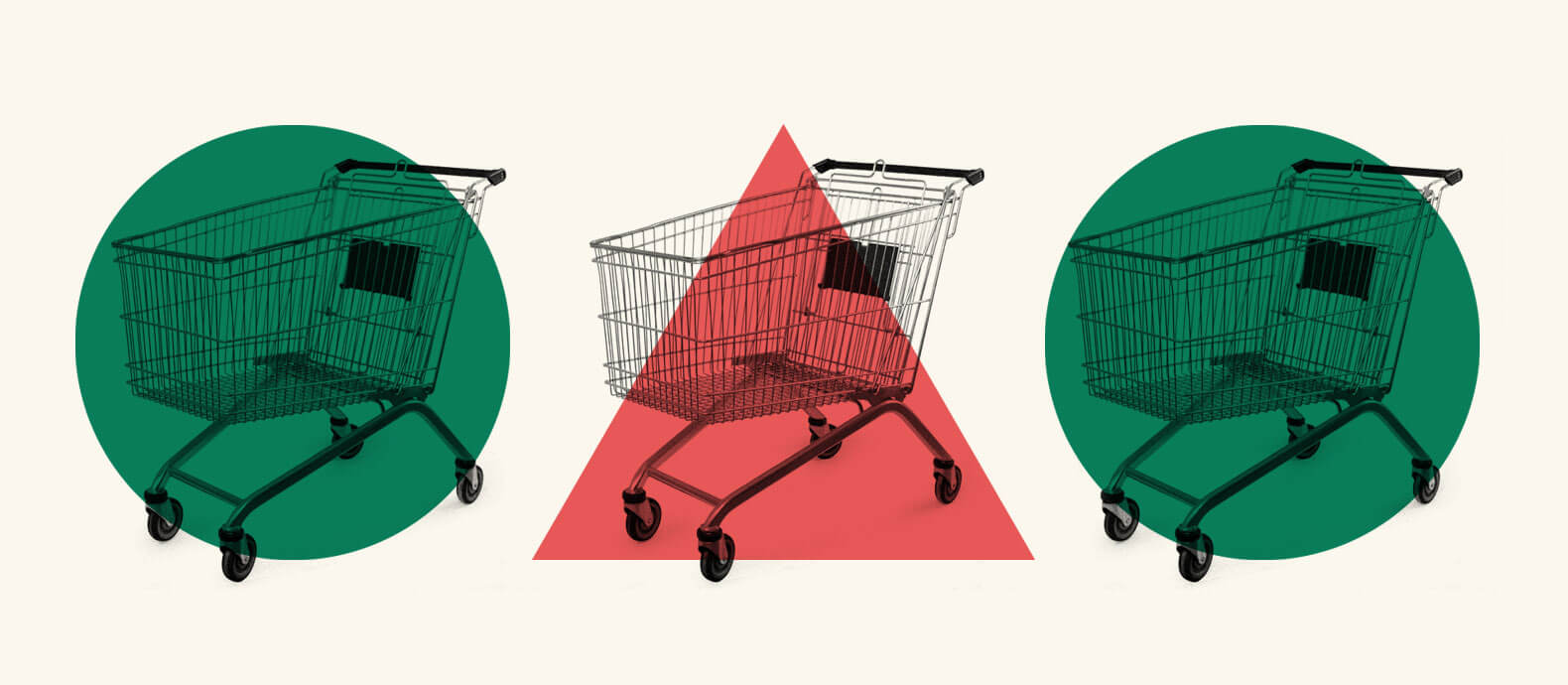The fashion industry loses more than €26bn every year due to counterfeit products. According to another study, more than 20 percent of fashion products sold online are fake.
If you own a clothing brand, the chances are, you probably already know how easy it is for designs to get copied and counterfeited quickly. Before you can even market your products properly, their counterfeits will already be out there in the market at cheaper prices.
This makes it all the more necessary to copyright your clothing brand and protect your business.
In this article, we discuss:
- What is copyright and what can it protect?
- Why you should be copyrighting your clothing brand
- How much does it cost to copyright a clothing brand
- Do you need both a trademark and copyright?
- What to do when someone infringes on your clothing brand?
What is copyright and what can it protect
Copyright is a type of intellectual property that actively protects your original works of authorship. As the owner of the copyright, you get the exclusive right to distribute the creative work, which can be in an artistic, literary, musical, or educational form.
But copyright protection for fashion and clothing brands can be a rather tricky area since the law considers fashion to be ‘functional’ and not entirely copyrightable.
For instance, there is no copyright on denim jeans, but clothing brands can copyright patches or designs that they put on their manufactured jeans.
Levi’s, one of the most popular denim brands, has copyrighted the stitched red tab which is seen on the back pocket of almost all of their jeans.
So while others can try to copy the jeans designs of Levi’s, they cannot create counterfeits or impersonate the brand.
Fabric prints can also come under copyright protection, as long as they meet the three requirements of expression, fixation, and originality. That’s because fabric patterns are different from the utilitarian nature of clothing.
Design sketches of your clothing can be copyrighted as well but remember that it would only protect the picture and not the overall idea.
Why you should be copyrighting your clothing brand
It can take several years to build your brand reputation and acquire loyal customers. When it comes to fashion, people prefer one brand over the other due to the quality of products, unique designs, and trust that is often built over a long time.
Without copyright protection, bad actors can easily copy your products and take advantage of your brand’s success, all just to make quick profits.
More importantly, there can be counterfeits of your brand openly sold in the market and you would have no way to protect your products or avoid it.
Getting a copyright for your clothing gives you the legal protection to go against counterfeiters and shut them down effectively before they can cause any damage to your reputation or business revenue.
How to copyright your clothing brand
There is no such thing as an international copyright that can protect your work across the world. Protection against the unauthorized use of your copyright in a country will depend on the laws of that country.
However, nearly 180 countries have come together to form the Berne Convention and make copyright protection easier. Administered by World Intellectual Property Organization (WIPO), the Berne Convention ensures your copyright protection stays valid in over 180 countries with just a single filing.
Copyright under Berne member countries is automatic and there is no formal registration required. That means you can register in any of these countries to protect your copyright in all of the countries that are a part of the Berne Convention.
Though note that some countries require works originated in their country to be registered in the same region for eligibility.
How much does it cost to copyright a clothing brand
Every country has a different process and costs for copyright registration.
To copyright your clothing brand in the US, you can register online on the US copyright portal.
For your application, you will need to prepare:
- A completed application form
- A non-returnable filing fee
- A non-returnable deposit
- A copy of work you want to copyright
The registration fee can be anywhere between $35-55, depending on the case. If you file for copyright online, it can take around 3-11 months to get processed. On the other hand, mail applications can take up to two years.
Do you need both trademark and copyright for your clothing brand?
Does your business need both trademark and copyright? Yes, absolutely.
The idea is to not pigeonhole yourself into just one IP. The reason why so many types of intellectual properties exist is because they can help protect different things.
Trademarks can help you protect your brand name, brand logo, and even your brand colors. So while you cannot trademark the entire garment, you can protect your brand logo present on the clothes. This in turn can also help protect your clothes from getting counterfeited.
In other words, a trademark can protect your brand against bad actors by prohibiting copied labels that mislead customers into believing copied designs are the original ones.
For instance, Tiffany & Co has trademarked the brand’s powder blue color present on its packaging and Bottega Veneta has trademarked its popular woven pattern.
Similarly, Christian Louboutin has trademarked their signature red outsoles present on the bottom of all of the brand’s shoes that have become synonymous with the brand over the years. So other brands can only make shoes with red outsoles, as long as the entire shoe is a similar color, and not a contrasting one.
What if someone infringes on your clothing brand?
Send a cease & desist letter: If you do find some product listings that are copying your clothing brand and infringing on your copyrights, the first thing you should do is get in touch with them directly. Send them a cease & desist letter to inform them that if they don’t take down the product listings within the stipulated time there will be strict legal action taken against them.
You can also hire copyright lawyers to help file cases against scammers and counterfeiters trying to profit off of your products.
Takedown product listings: If your products’ counterfeits are cropping up on popular marketplaces, a quicker way to shut them down would be to directly contact the platforms. Follow Red Points’ how-to guides to learn how you can take down fake product listings on Amazon, eBay, Alibaba, and others.
Proactively protect your brand reputation: Fake product listings online can cause serious damage to your brand reputation and put a dent in your business revenue. That’s why it is essential to take proactive steps to protect your brand name.
The Brand Protection Software by Red Points can automatically find, track and remove counterfeit listings infringing on your IP so that you can take a step back and focus on more important parts of your business.
What’s next
Before you do anything, you should protect your intellectual property by filing for appropriate copyrights, trademarks, and patents even if you are only in the early stages of your business. After all, protecting your brand right now means protecting its future value too.
Check out how you can eliminate copyright and trademark infringement with Red Points.






